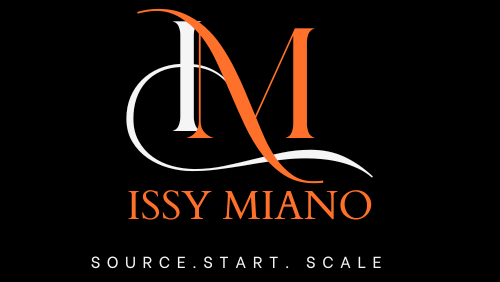How to Start a Clothing Business from Home (Step-by-Step for Beginners)
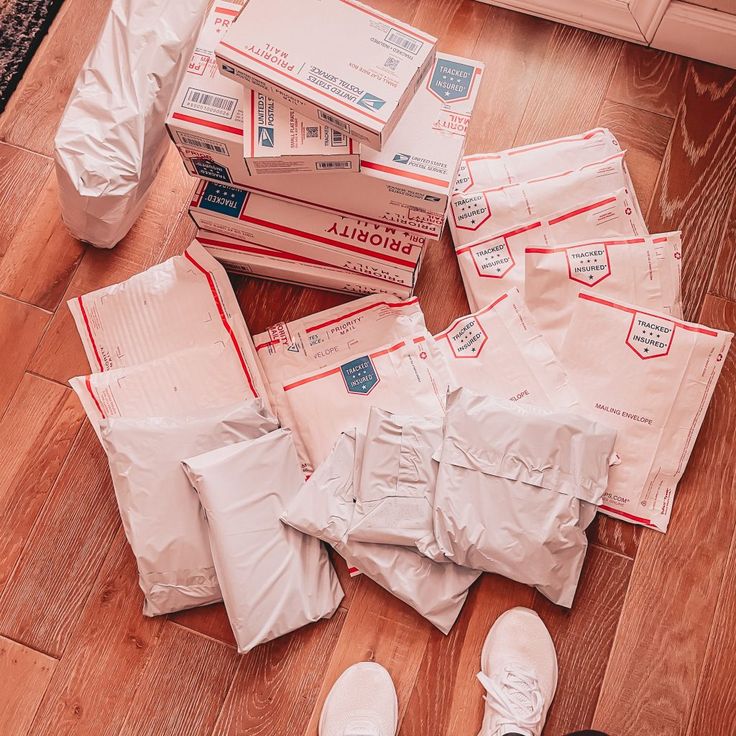
Starting a boutique doesn’t have to mean renting a shop or investing thousands.
Many successful store owners — myself included — began right at home, learning the ropes, testing suppliers, and building an audience before ever opening a physical store.
In this guide, I’ll show you exactly how to start a clothing boutique from home: how to find suppliers, choose a niche, price your products, and market your first collection — without huge upfront costs or overwhelm.
🎁 Download the Clothing Starter Kit to get a free checklist, profit calculator, and vendor outreach templates you can use as you follow along.
Why Start a Clothing Business from Home
Low overhead: No rent, no big staff, no storage unit (at least in the beginning).
Flexibility: You can sell online, in your local community, or both.
Global reach: Platforms like Instagram, Depop, and Shopify make it possible to sell worldwide.
High demand: Fashion is a repeat-purchase category — customers come back for more.
🧠 Step 1: Define Your Boutique Niche
Before buying a single item, decide who you’re dressing.
Women’s Trendy Boutique: Fast-fashion pieces, new arrivals weekly.
Plus-Size Boutique: Growing global demand and loyal repeat buyers.
Athleisure / Lounge: Everyday comfort with premium feel.
Kids & Mommy-and-Me: Perfect for social-media-driven audiences.
👉 Check Google Trends or TikTok Shop to see what categories are trending.
Keep your niche narrow; it’s easier to brand and photograph consistently.
🏷️ Step 2: Register & Set Up Your Business
Even a home-based boutique needs simple structure:
Register a sole proprietorship or LLC (depending on country).
Apply for a reseller’s license if you’re in the U.S.
Open a business bank account for transparency.
Set up email + domain (example: hello@yourboutique.com).
Pro tip: Using your own domain instantly builds trust when you approach suppliers.
🧵 Step 3: Source Your Inventory
Finding trustworthy suppliers is half the battle. Start small:
USA Platforms: FashionGo, OrangeShine, LA Showroom
Plus-Size & Basics: New Yorker Apparel, Zenana
Export-Friendly Options: Bloom Wholesale, Tasha Apparel, Magnolia Fashion.
Buy 3-5 styles first, photograph them yourself, and test audience response before scaling.
📦 For vetted vendors by region, check my Clothing Wholesalers List — over 300 verified suppliers with MOQs and shipping info.
💰 Step 4: Price for Profit
Use a simple formula:
Retail Price = (Landed Cost × 2.5) + Overheads
Then test discounts or bundles in your early launches.
Before you finalize prices, run numbers in my Break-Even Calculator to see how much you need to sell each month to stay profitable.
💡 Keep markup higher for low-MOQ boutique items — customers pay for uniqueness.
🖥️ Step 5: Build Your Online Store
You can start on Shopify, WooCommerce, or even Etsy to test traction.
Key pages to set up:
Home (brand story & featured products)
Shop (clear categories by style or color)
About (why you started)
Contact & Policies
Use lifestyle photos, not stock images. Canva templates from the Clothing Starter Kit make it easy to design banners and lookbooks.
📸 Step 6: Create Content That Sells
Film outfit try-ons, unboxings, and styling reels.
Share behind-the-scenes of packaging orders.
Ask customers to tag you wearing your pieces (#MyBoutiqueStyle).
Post 3–4 times a week; consistency matters more than perfection.
If you’re camera-shy, use Canva mockups or flat-lay videos — they still convert.
🚀 Step 7: Launch & Market Your Boutique
Start with a pre-launch waitlist to collect emails.
Offer a “VIP first drop” discount for early subscribers.
Collaborate with micro-influencers who match your aesthetic.
Join Facebook groups for small boutiques to network and cross-promote.
Email everyone who joined your list using a 3-email welcome flow (intro → collection → testimonial).
🧾 Step 8: Manage Inventory from Home
Keep track of:
Quantities per SKU
Sales vs. stock velocity
Supplier lead times
Use a simple spreadsheet or your POS dashboard. If you’re scaling, try the free Inventory Turnover Calculator on IssyMiano.com to measure sell-through efficiency.
💡 Issy’s Real-World Tips
Start lean. You don’t need 200 pieces to look professional — 20 good styles with great photos beat clutter.
Photograph in natural light. It makes clothes look premium even on a budget.
Reinvest profits early. First 3 months are about data, not withdrawals.
Study returns. Fit feedback helps you choose better suppliers next time.
Stay inspired. Follow boutique owners who started small; success leaves clues.
🔗 Related Resources on IssyMiano.com
❓ FAQs
1. How much does it cost to start a home boutique?
You can begin with as little as $300–$800 for inventory and $29/month for a basic online store plan.
2. Do I need a business license?
Yes, most states or countries require a small business or trade license. Check your local requirements.
3. Can I start with dropshipping instead of stock?
Yes. Many boutique owners use dropshipping at first to test styles before buying in bulk.
4. What products sell fastest for new boutiques?
Matching sets, everyday dresses, loungewear, and affordable statement pieces perform best online.
5. How do I price products competitively?
Keep prices between 2×–3× your landed cost and test free-shipping thresholds to increase order value.
✨ Conclusion
Starting a boutique from home isn’t just possible — it’s how many thriving brands begin. With the right suppliers, simple tools, and a bit of consistency, you can turn your spare room into a profitable online business.
➡️ Download your Clothing Starter Kit to get started, and when you’re ready to scale, explore the Clothing Wholesalers List for verified vendors that ship worldwide.
Your dream boutique doesn’t need a storefront — it just needs your first confident step.
Boutique Business Essentials
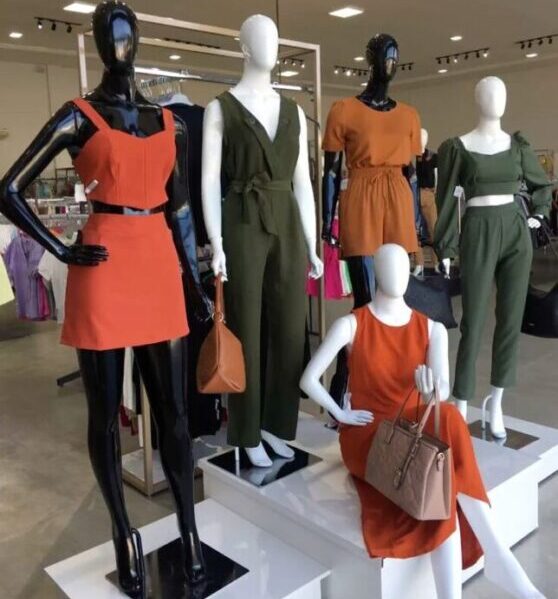
Display & Fixtures
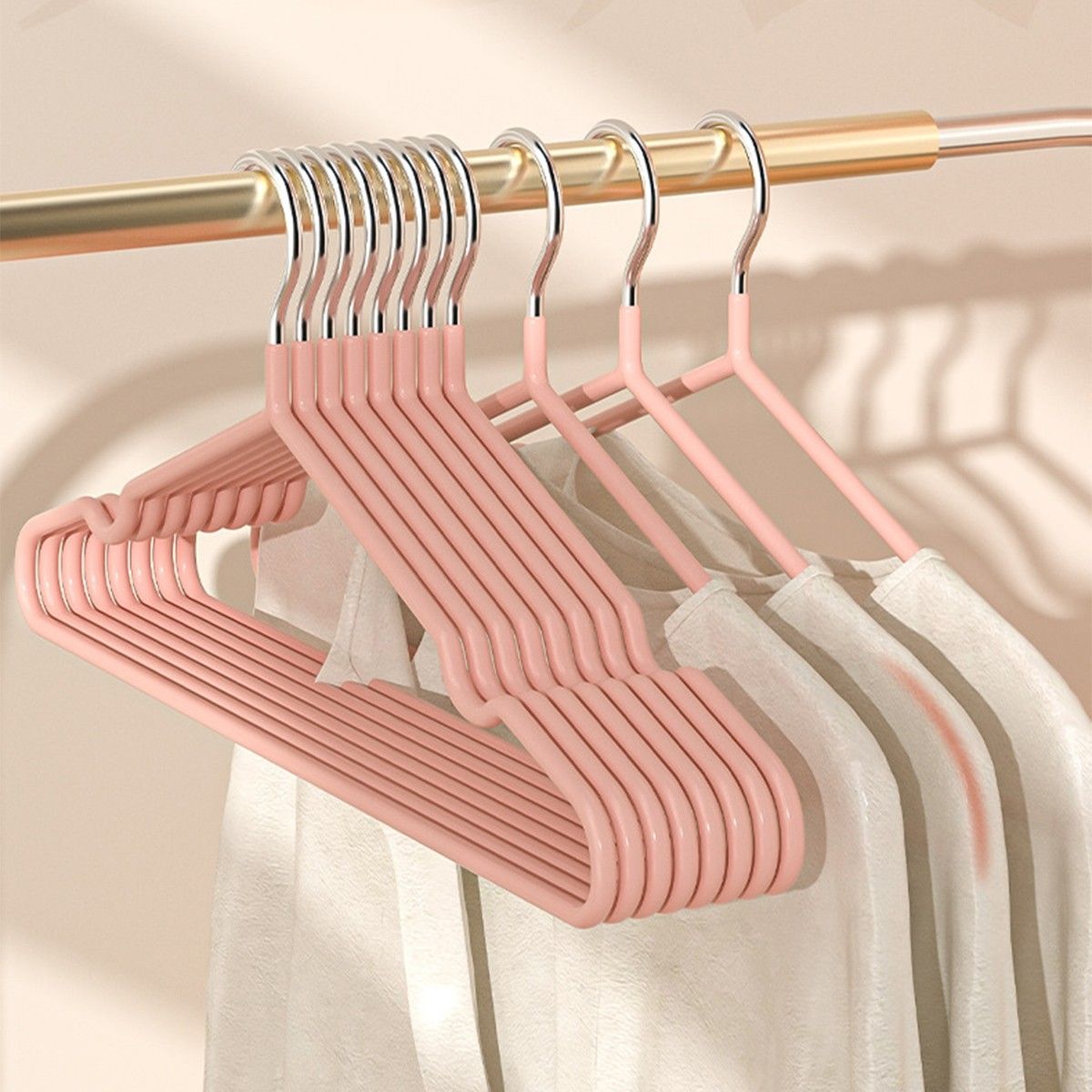
Hangers & Storage
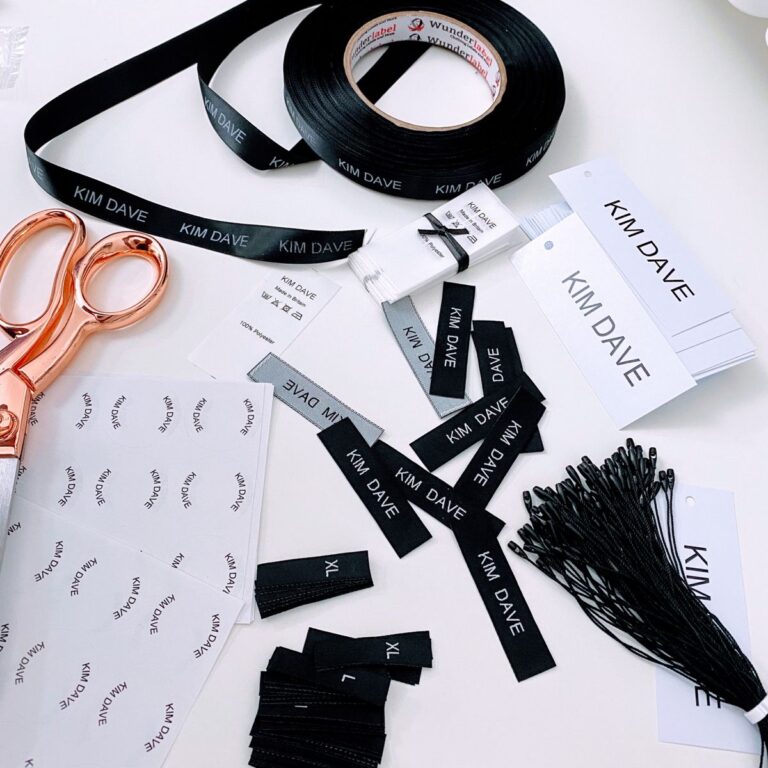
Labeling & Tagging

Worldwide Shipping
It elit tellus, luctus nec ullamcorper mattis, pulvinar dapibus leo.

Best Quality
It elit tellus, luctus nec ullamcorper mattis, pulvinar dapibus leo.

Best Offers
It elit tellus, luctus nec ullamcorper mattis, pulvinar dapibus leo.

Secure Payments
It elit tellus, luctus nec ullamcorper mattis, pulvinar dapibus leo.
